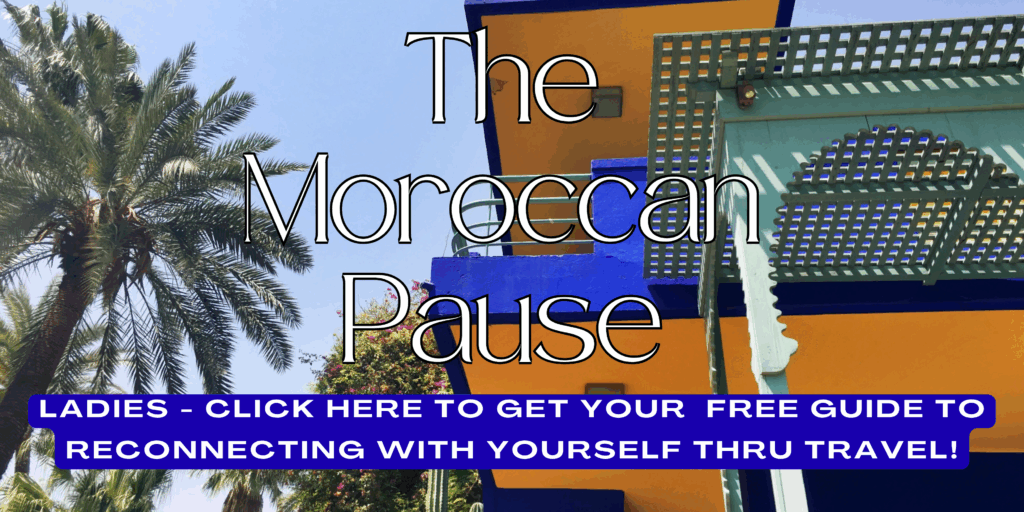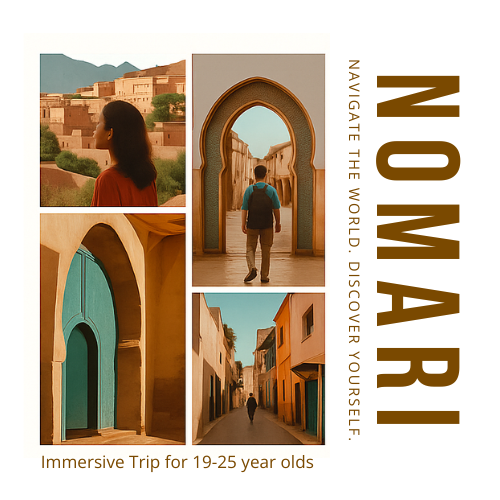Istanbul Street Food – Part 1 |Turkey Real Life Travel Experience
If there is one thing that Turkey is amazing for, it is its food – and its streetfood is also absolutely AWESOME!
Here is some of my most favourite street food of Turkey.
Gözleme

Gözleme is a traditional savory Turkish flatbread and pastry dish. The dough is usually unleavened, and made only with flour, salt and water, but gözleme can be made from yeast dough as well.
Some of my favorite fillings are mashed potatoes, cheese and parsley; spinach and cheese, and ground meat and onions.

Kahve

Turkish coffee, or kahve, is made by bringing the powdered coffee with water and usually sugar to the boil in a special pot called cezve in Turkey.

As soon as the mixture begins to froth, and before it boils over, it is taken off the heat; it may be briefly reheated twice more to increase the desired froth. Sometimes about one-third of the coffee is distributed to individual cups; the remaining amount is returned to the fire and distributed to the cups as soon as it comes to the boil. The coffee is traditionally served in a special type of small porcelain cup called a kahve finjanı.

Ayran
Ayran, made by mixing yogurt, water and salt, is one of the mainstays of Turkish tables during summers and is known as the best way to quench one’s thirst.

Ayran is one of the fundamental drinks of Turkish culture dating back to Central Asia.
It is sooo good. Even the commercialized stuff like in the photo below isn’t bad either!

Baklava

Baklava is a rich, sweet dessert pastry made of layers of filo filled with chopped nuts and sweetened and held together with syrup or frosting or honey. It’s my daughter’s favourite!
Lokom

Most of us know about the famous book The Lion, Witch and the Wardrobe and have heard of the Turkish Delight.
Turkish Delight or lokum is a family of confections based on a gel of starch and sugar. Premium varieties consist largely of chopped dates, pistachios, and hazelnuts or walnuts bound by the gel; traditional varieties are often flavored with rosewater, mastic, Bergamot orange, or lemon.

The confection is often packaged and eaten in small cubes dusted with icing sugar, copra, or powdered cream of tartar, to prevent clinging. Other common flavors include cinnamon and mint.

Cay

Tea is an important part of Turkish culture, and is the most commonly consumed hot drink, despite the country’s long history of coffee consumption. Offering tea to guests is part of Turkish hospitality.


Turkish tea is traditionally offered in small tulip-shaped glasses which are usually held by the rim, in order to save the drinker’s fingertips from being burned, as the tea is served boiling hot.
I was once told that a Turk will drink at least a dozen of these cups a day!

Chestnuts or Kestane

The most unique street food you’ll find in Istanbul is a roasted chestnut (or Kestane) – a sweet snack, similar to baked potato in texture with a nutty and sweet flavour.
Közde Mısır

Roasted corn. The corn is put on charcoal and wait to have the taste smell of “smoke”. It has an unforgettable test – and memories – especially when you eat it on summer nights!

Dondurma
Dondurma or Maraş ice cream is a Turkish mastic ice cream.

Dondurma typically includes the ingredients cream, whipped cream, salep (ground-up tuber of an orchid), mastic (plant resin), and sugar. It is believed to originate from the city and region of Maraş and hence also known as Maraş ice cream.

It is commonly sold from both street vendors’ carts and store fronts, where the mixture is churned regularly with long-handled paddles to keep it workable. Vendors, who usuallywear traditional clothing of the Ottoman period, often tease the customer by serving the ice cream cone on a stick, and then taking away the dondurma with the stick by rotating it around, before finally giving it to the customer. It’s really fun!

Fresh fruit

You will find vendors everywhere selling their fresh fruit of the season and region.

Turkey’s fresh fruit & vegetable production is approximately 48 million tons!


Picking some up while wandering is always something we love to do and interact with the locals on an “up close and personal” level. And an incredibly delicious and nutritious snack!



Part 2 of this blog post is coming next week!


